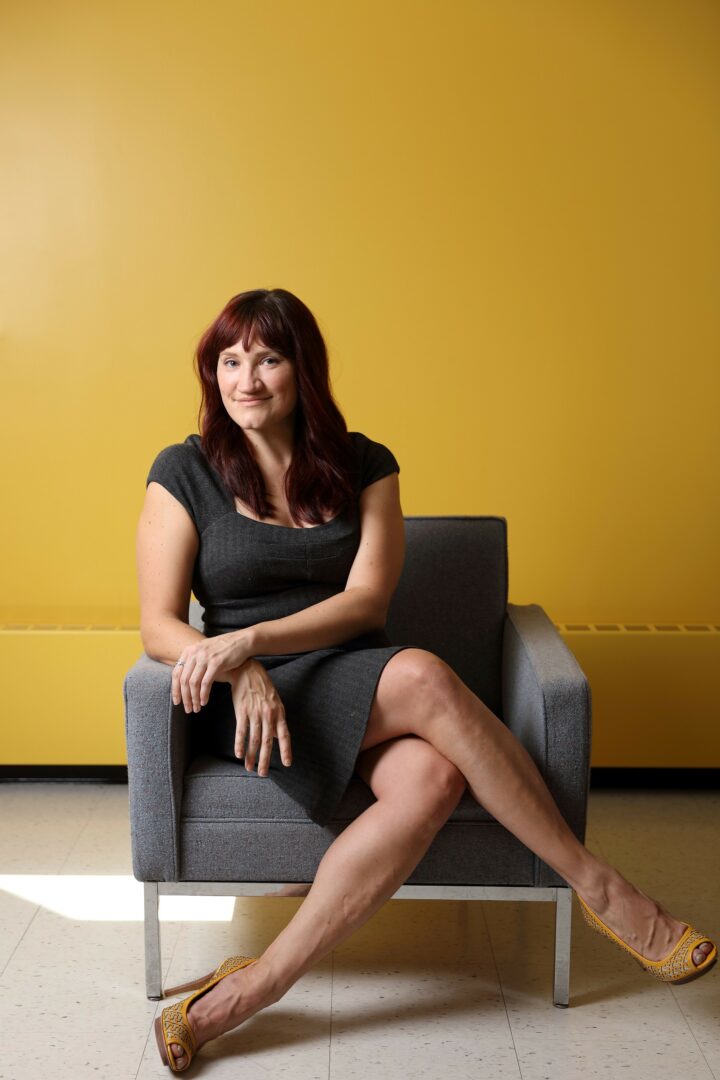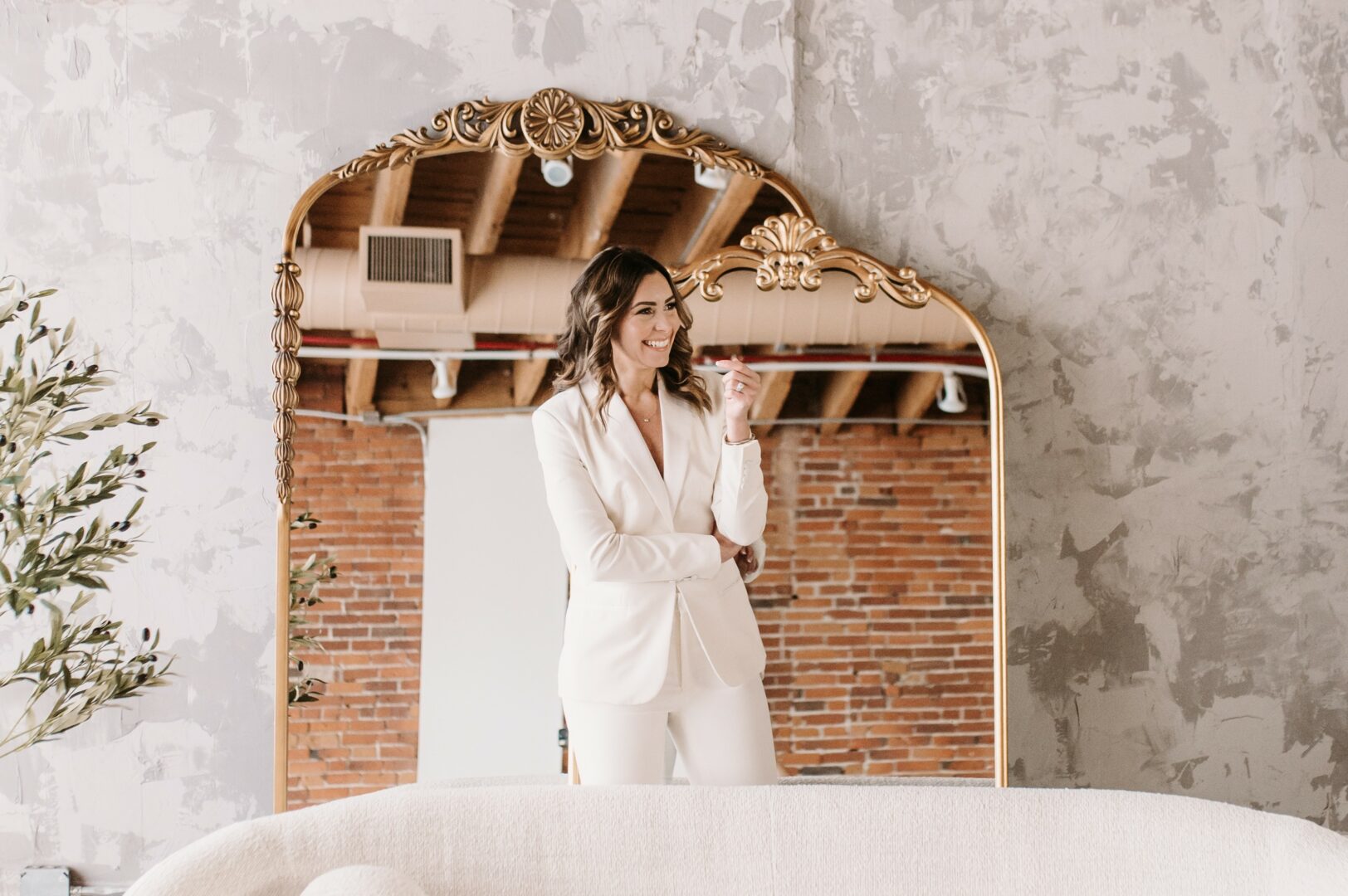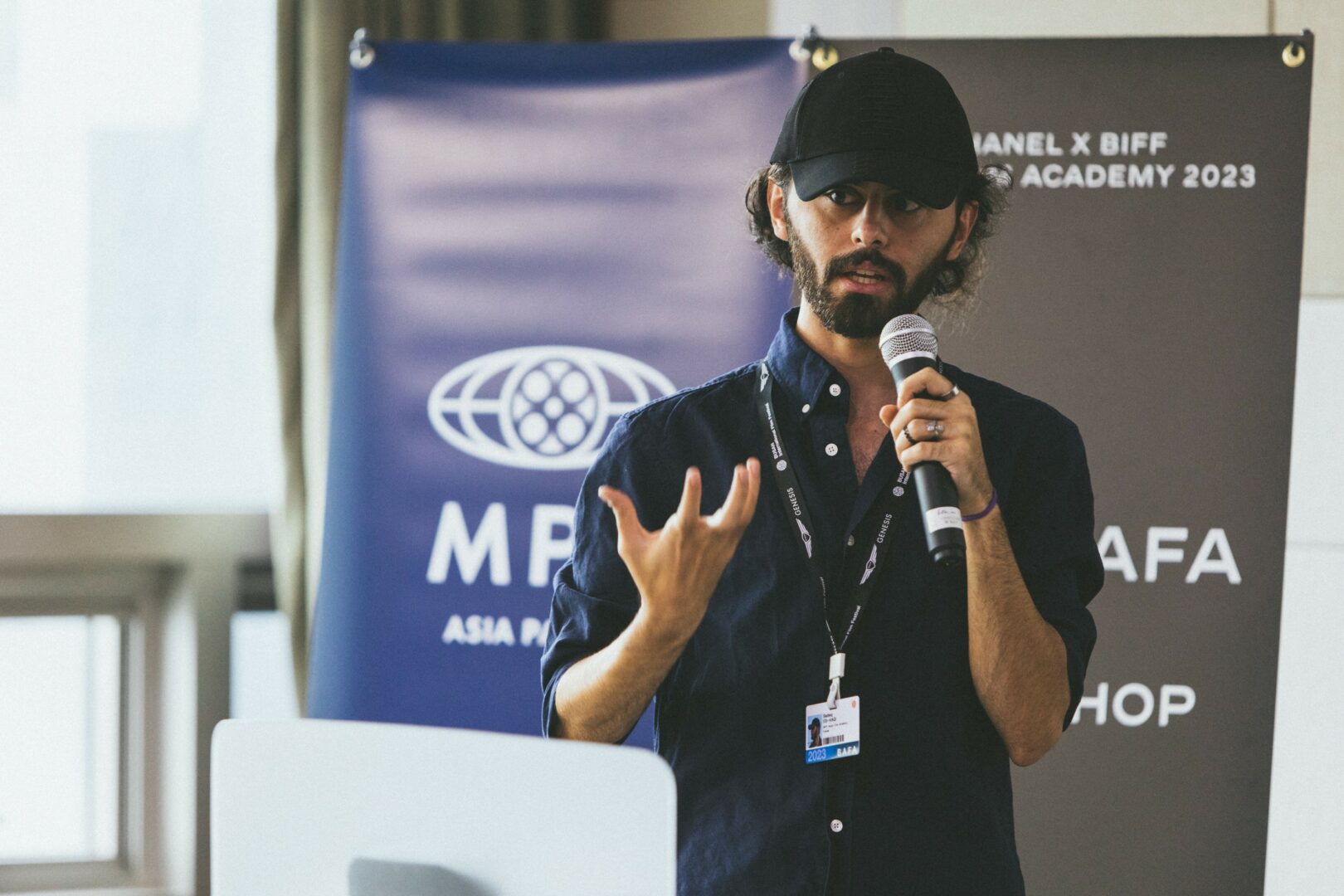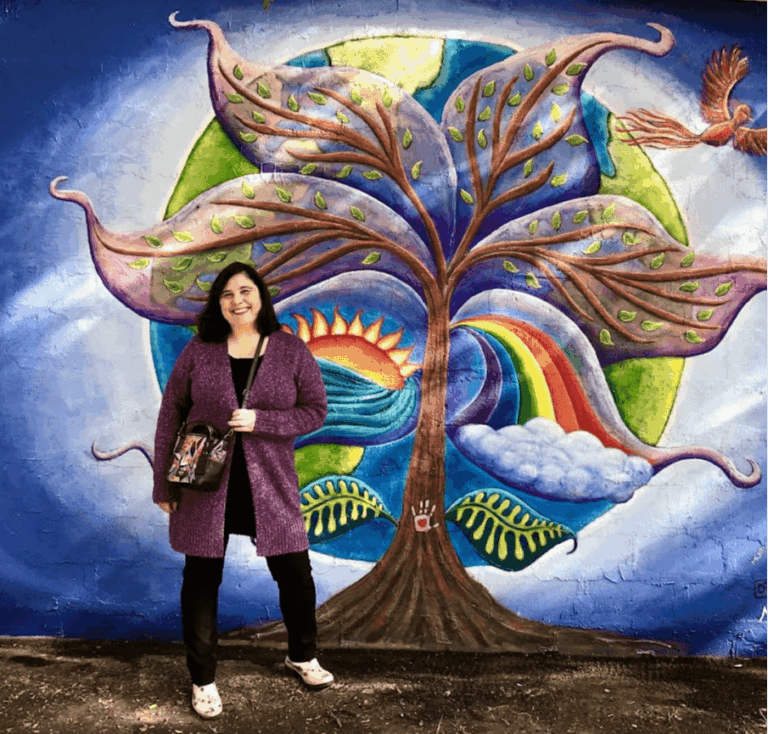We recently connected with Christy Bolingbroke and have shared our conversation below.
Hi Christy , great to have you with us today and excited to have you share your wisdom with our readers. Over the years, after speaking with countless do-ers, makers, builders, entrepreneurs, artists and more we’ve noticed that the ability to take risks is central to almost all stories of triumph and so we’re really interested in hearing about your journey with risk and how you developed your risk-taking ability.
When do we first start seeing risk as a challenge instead of an opportunity? I look at my 7 year old niece and 9 year old nephew navigating the world as they know it so far. It’s not a fearlessness that they possess, per se, but rather the fact that risk is not in the foreground as they excitedly bounce around and through their young lives. So, I wonder – when do we become so risk-averse and stop playing?
In my own personal journey, I grew up in Texas and have moved back and forth across the country 5 different times for school and job opportunities – often without knowing anyone or many people in my new community(ies). For someone who has never left their hometown, this way of pursuing life and career might be perceived as risky. For me, it came naturally.
I made my most recent move almost 9 years ago, when I became Founding Executive/Artistic Director (and sole first employee) for the National Center for Choreography in Akron, Ohio. As a solo-preneur in those early days, I had to become more self-aware of my own relationship to risk as well as find the edges of risk for an organization centered in creative process.
Now, when working with artists I try to introduce the idea of ‘risk capital’ into their administrative infrastructure. Mostly working in a nonprofit environment, many arts ecosystem stakeholders have internalized a scarcity mindset – especially when it comes to money. But dancers understand how to take creative risks in the studio. Through years of training and repetition, they intuitively take risks with their bodies all the time. So together, we look for ways to transfer that developed physical as well as mental skill set into other work applications.
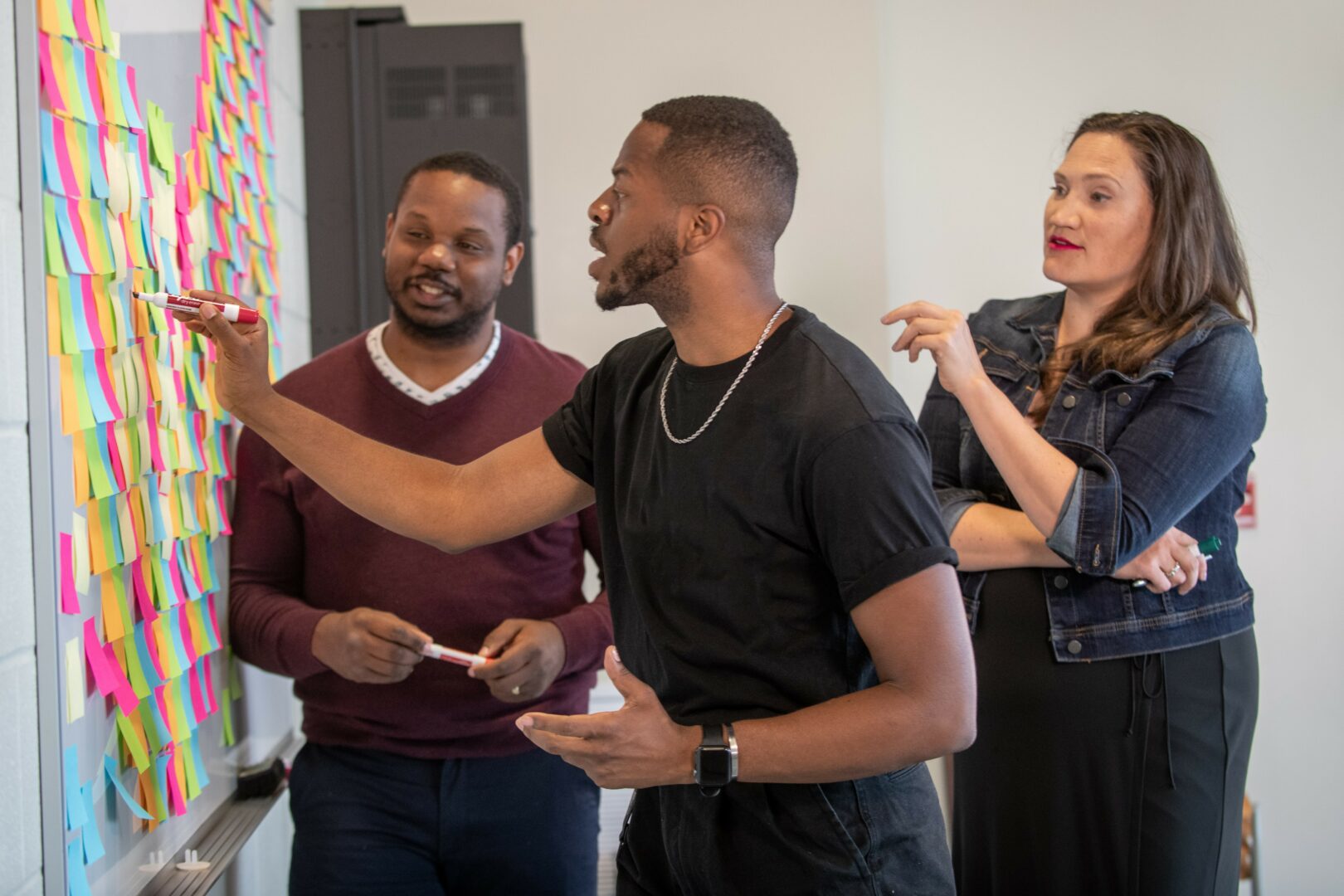
Great, so let’s take a few minutes and cover your story. What should folks know about you and what you do?
I joined the National Center for Choreography-Akron (NCCAkron) and accepted the challenge to establish the second national center of choreography in the country. When I began my career almost 20 years prior, the first national center for choreography (The Maggie Allesee National Center for Choreography in Florida) didn’t even exist yet. This truly was an opportunity to take the working knowledge I had amassed and cultivated, and test out everything I thought I knew about being an arts administrator and a dancemaker, while building something new from the ground up.
Since its founding in 2015, NCCAkron has become an intellectual matchmaker between national choreographers and a hyperlocal, robust cultural ecology. The American dance community continues to experience diminishing resources of time, space, and financial support. Striving to fill this critical need, NCCAkron hosts dance artists from across the U.S. and connects them with individuals and organizations in Northeast Ohio and other points across the country.
NCCAkron’s purpose is to foster new work in dance with a focus on research and development; strengthen the national dance ecosystem; and advocate for dance and the creative process as essential parts of culture in this country. Each year, we engage 100+ artists through our signature programs: Dancing Labs, Creative/Technical/Research Residencies, Creative Admin Research, NCCMedia, and the Knight Choreography Prize.
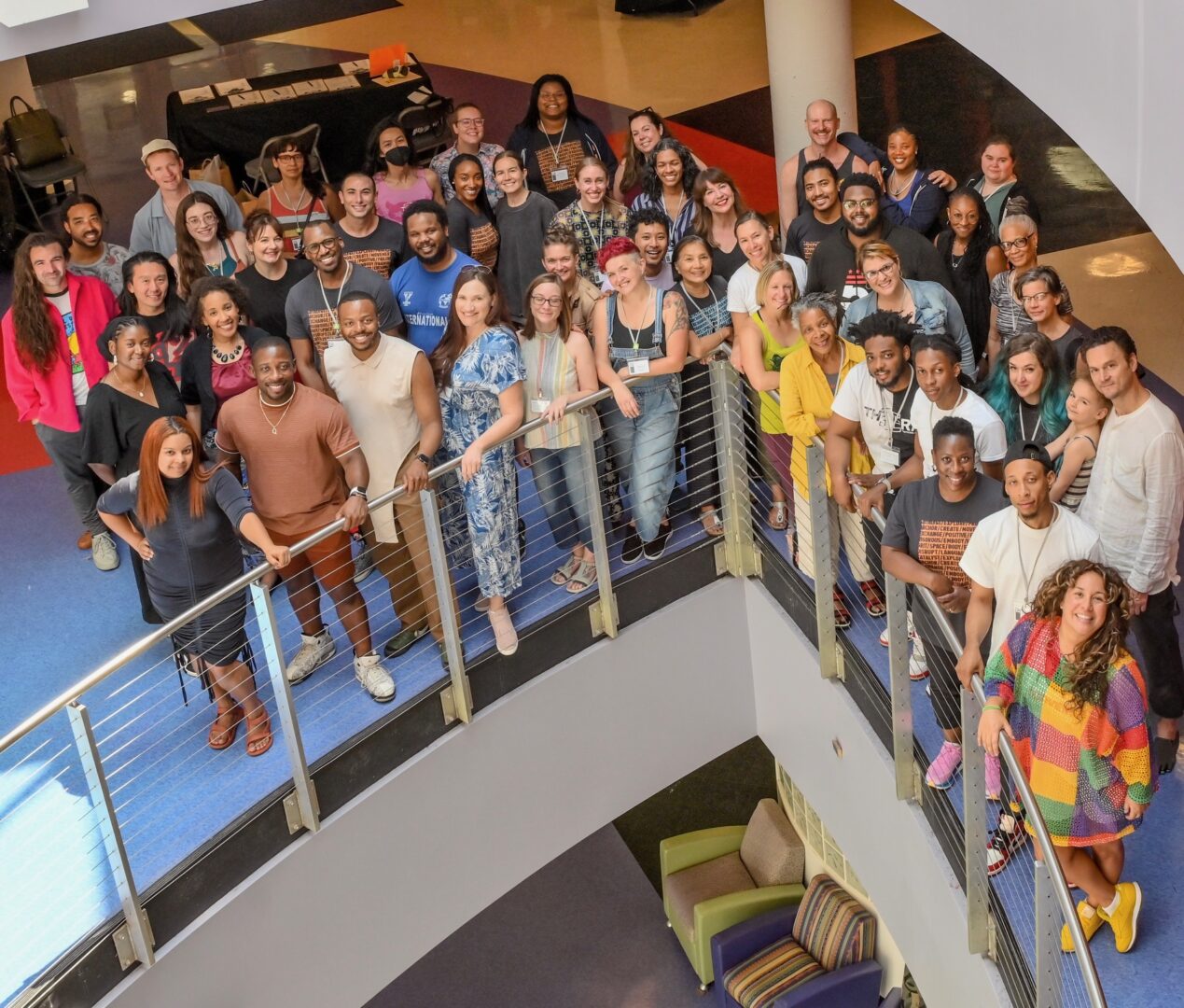
If you had to pick three qualities that are most important to develop, which three would you say matter most?
Listen & Adapt – People with a background in the performing arts understand how to receive a critique or feedback, apply it, and move on. We’re all familiar with being in the studio or onstage when a director gives a note to try something differently — and we can know not to take those notes as personal failures. I often say to the NCCAkron team and the artists with whom we work, that training inside the creative process gives us the practiced skills to listen and adapt.
Rebound & Resilience – Dancers also know how to fall down and get back up. Whether on purpose or by accident. Without permanently injuring themselves. And sometimes leaving any witnesses to wonder if they actually saw someone fall at all. That kind of rebound and resilience is a practiced skill and one that I hold as a means to nurture momentum.
Say YES. – (And then you can learn how to say no.) For the first 15+ years of my career, I soaked up as much as I possibly could, attending conferences and performances, volunteering for other organizations, and convening with fellow ‘emerging arts leaders.’ Not only did that provide a strong foundation for my network and my career, but it also allowed me to try on so many different operating environments and roles.
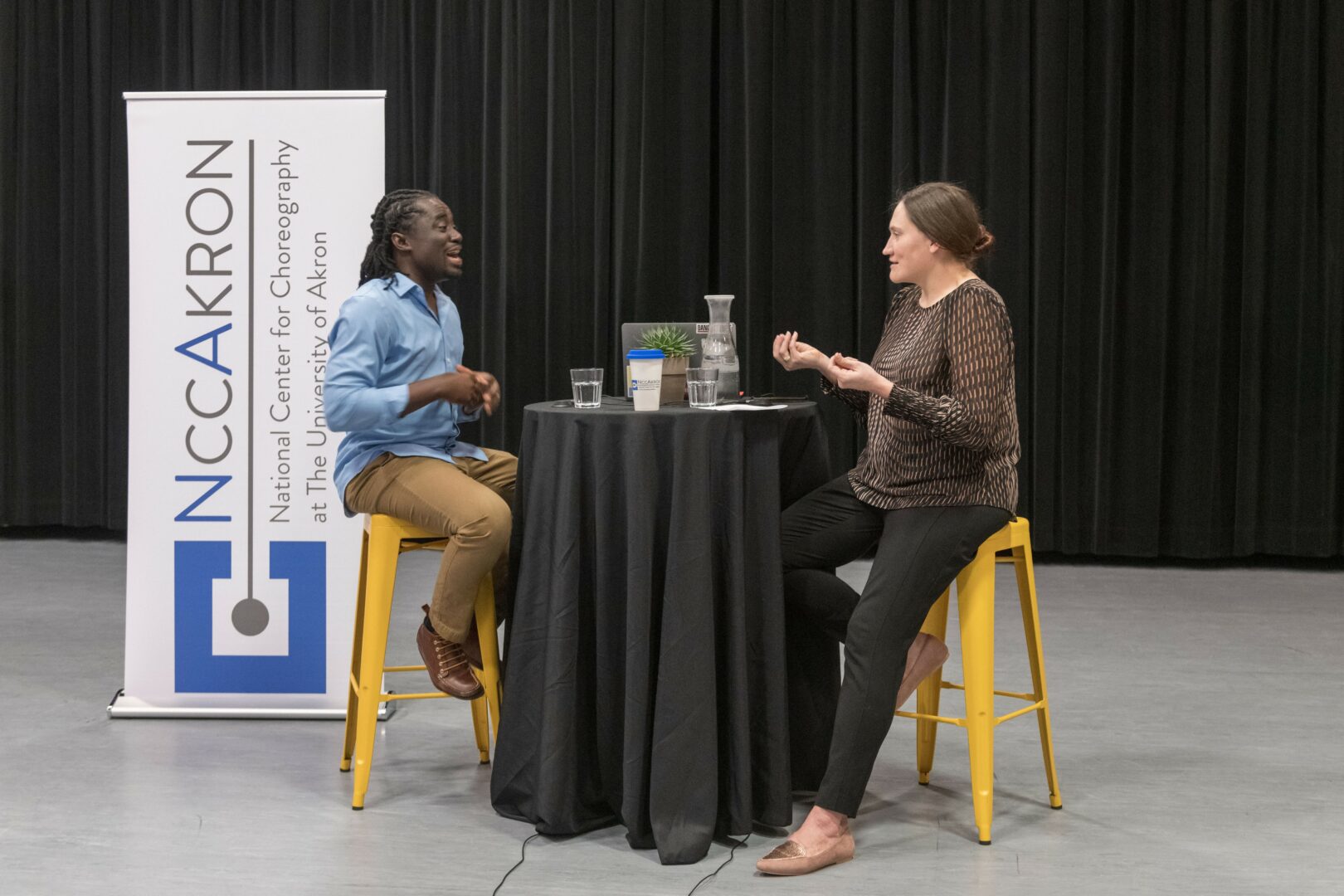
Is there a particular challenge you are currently facing?
In my experience, the continuing obstacle I see is a general lack of imagination and flexibility in longstanding institutions. For many of them, predominantly white-led, the larger the organization or the longer it has been around, the more rigid or inflexible. We have built up organizations to be “sustainable” which in turn becomes somehow precariously static and it’s harder for them to evolve. The stewards of an institution are often trying to hold on to what they have come to believe is a magic formula or illusory balance. But in trying to protect and maintain the status quo— that which is known — they are missing opportunities to adapt. They are short changing themselves when it comes to curiosity and creativity.
When trying to collaborate with such entities, it takes more time and intentionality to bring that curiosity into the relationship. I’ve learned that I can’t want them to change more than they want to change themselves. And at some point, to read that inflexibility as information about how far the partnership might go and to accept that limit.
This is why when artists are trying to build out their own administrative infrastructures, as we discuss in the Creative Admin Research (CAR) program and the subsequent book “Artists on Creative Administration: A Workbook from the National Center for Choreography,” I encourage them to lean into their creativity and curiosity; to seek out better habits to ground how they work rather than looking to “best practices” that will likely only limit them down the road.
Contact Info:
- Website: https://www.nccakron.org
- Instagram: @nccakron, @christybolingbroke
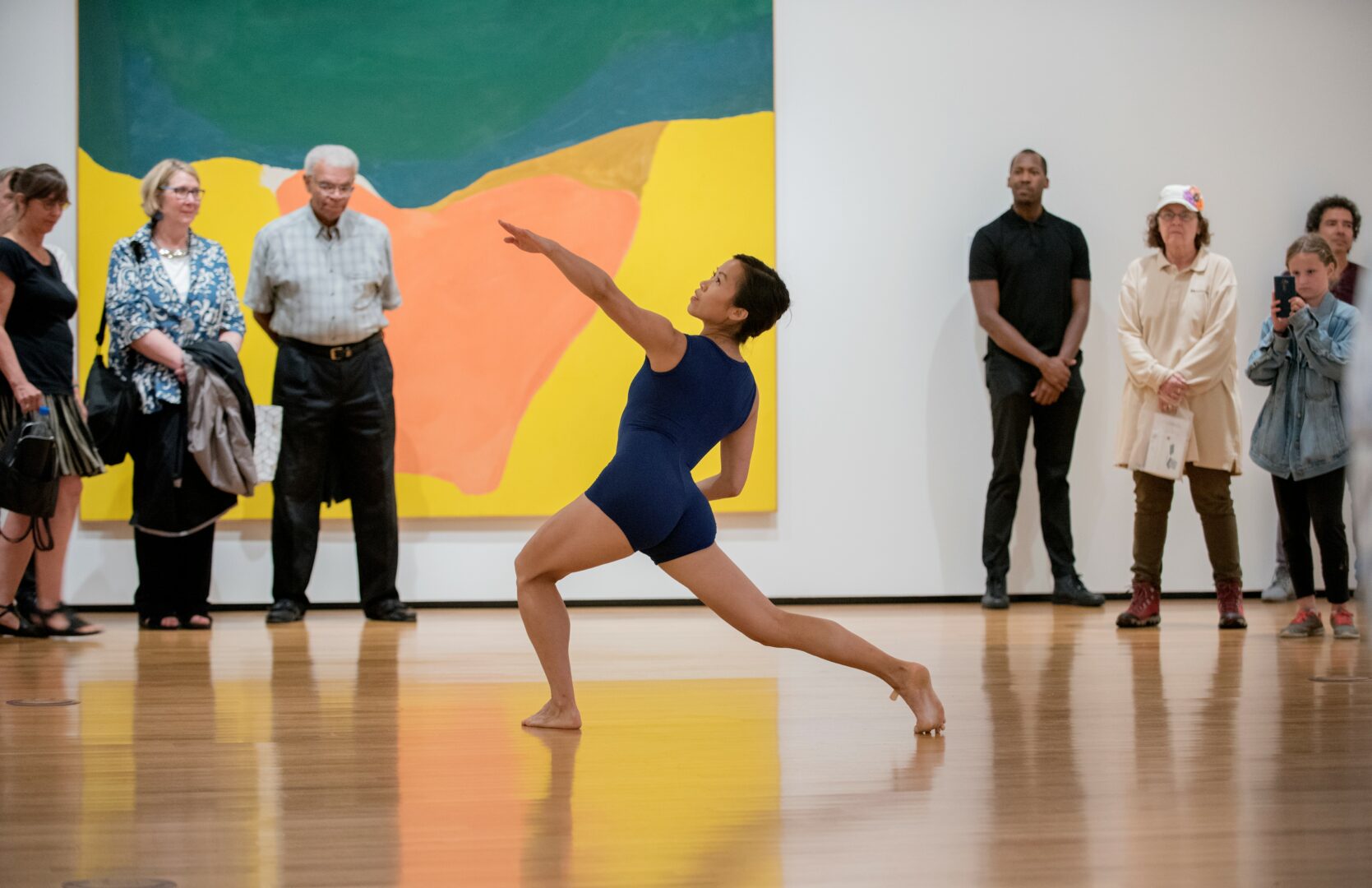
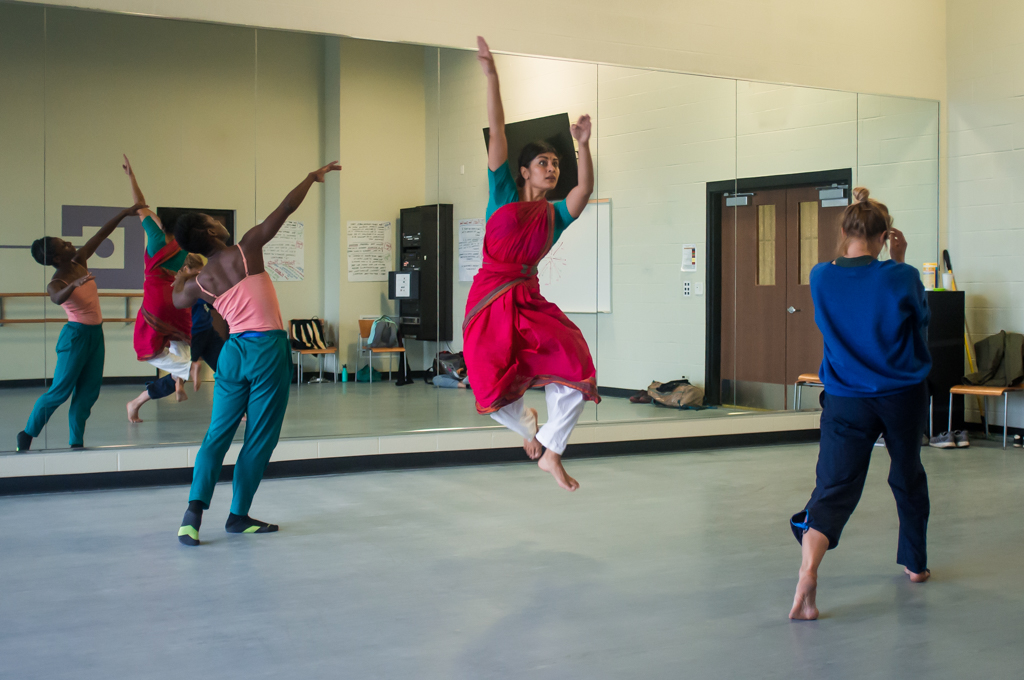
Image Credits
Photos by Mike Crupi, Dale Dong, Neil Sapienza, Shane Wynn
so if you or someone you know deserves recognition please let us know here.

